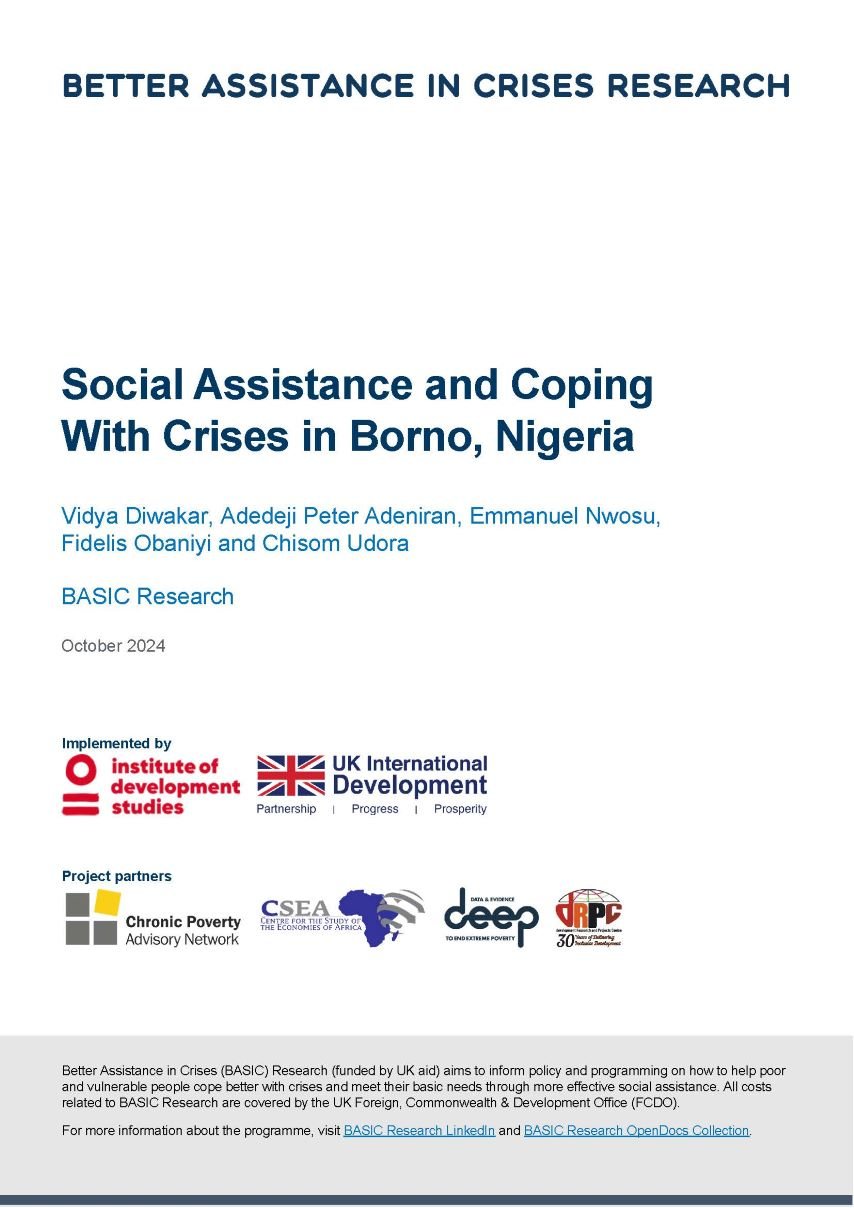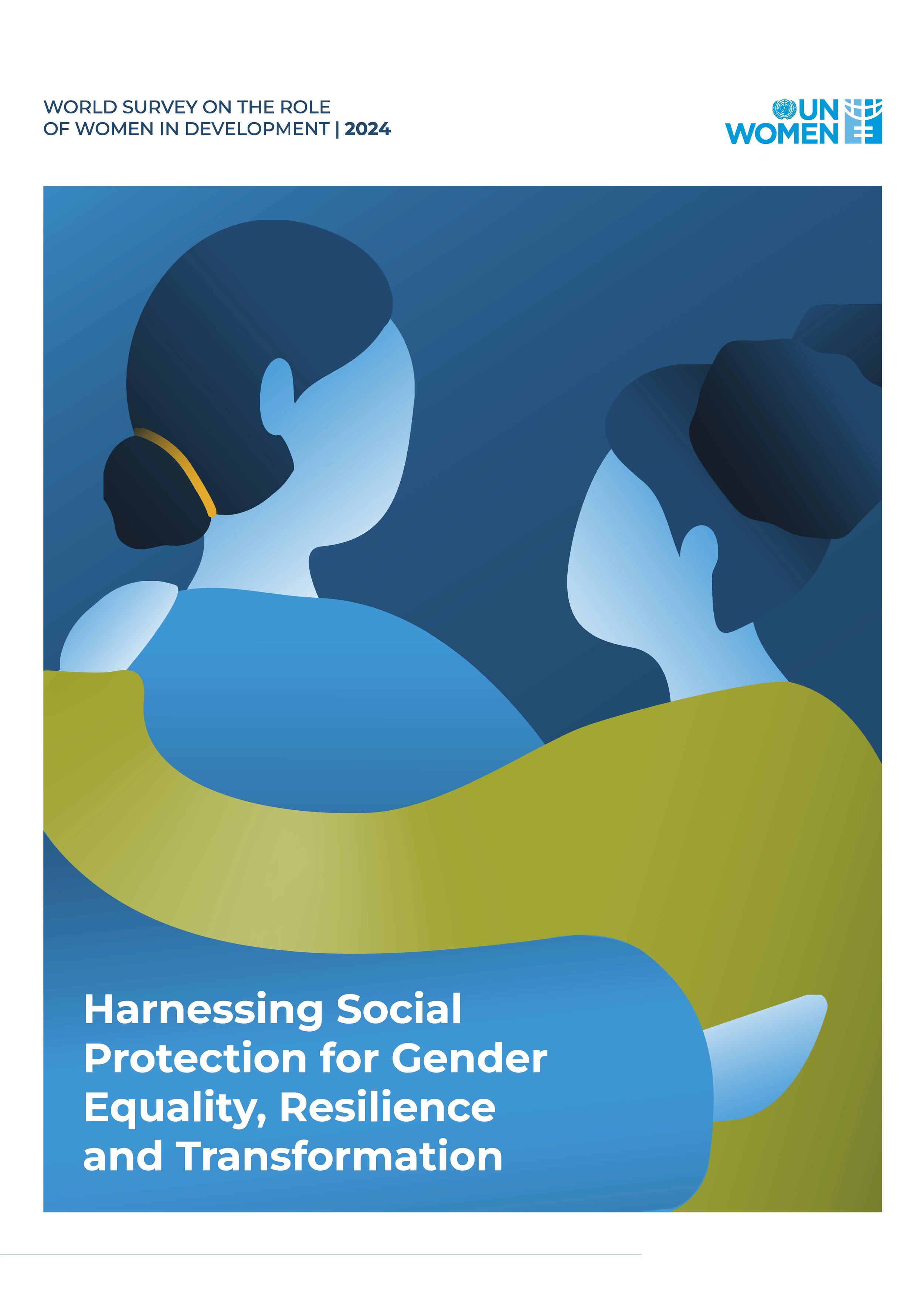This report synthesises the key research findings of the Zambia Poverty Dynamics programme since the last national report in 2021, whose key findings and recommendations are summarised in Box 1.1. Many dimensions have remained the same; however, the main changes include: (1) a dramatic reversal in urban poverty reduction; (2) a very significant increase in new policy developments, especially in human development, although not yet in ‘growth from below’, but significant progress was achieved in fisheries with the return of fishing ban periods each year on major rivers and lakes to allow fish stocks to recover, laying the foundation for income growth in fishing.
This report starts by laying out which policy interventions have become significantly more visible and impactful since the last report, presenting the evidence from quantitative and qualitative research, and focusing on governance and implementation issues. Policy interventions are even more critical to poverty reduction and climate resilience in the Zambian context, it is argued, because of the ‘enclave’ nature of the dominant mining sector, which leads economic growth, at least when commodity prices are high (Pijuan Sala and Tudela Pye 2024), and which the current government wishes to grow rapidly. The majority of Zambians are employed or self-employed in comparatively low-productivity sectors, agriculture and services, which are generally disconnected from mining and other formal sectors such as tourism. Resulting high levels of inequality do not generate the market demand for micro- and small businesses’ outputs and services, leaving these with low investment and productivity. But they do generate the need and potential for redistribution through taxation, even if fiscal resources are for the moment heavily constrained by debt servicing.
As a result of these high inequalities, growth has not carried everyone with it. Therefore, only interventions will assist poor and vulnerable people to improve their life chances, until the pattern of growth changes and begins to make a contribution. So far the most successful interventions have been in human development. Their success has been extremely valuable but has not yet laid the foundations for more inclusive growth from below, which is necessary if poverty is to be sustainably reduced. Both of these – human development and growth from below – are required to enable sustained escapes from poverty or ‘graduations’, which are the objective of anti-poverty policy.
The report goes on to briefly assess the effects of the multiple crises that have assailed Zambia in the past five years, with an analysis of impacts on urban populations, and differentiating between extremely poor and moderately poor households, and men- and women-headed households. It also looks at policy responses to these crises, including disaster risk management, and raises the question of how to respond in the likely event that such crisis-prone times continue. This is followed by a closely related discussion on whether and how more widespread resilience to climate change might be achieved. The analysis is gendered throughout, and concludes with key policy and programming recommendations.
Authored by Andrew Shepherd, Richard Bwalya, Antony Chapoto, Lucia da Corta, Marta Eichsteller, Vidya Diwakar, Marja Hinfelaar, Mary Lubungu, Arthur Moonga, Brian Mulenga, Kate Pruce, Joseph Simbaya
Click here to read the full National Report





